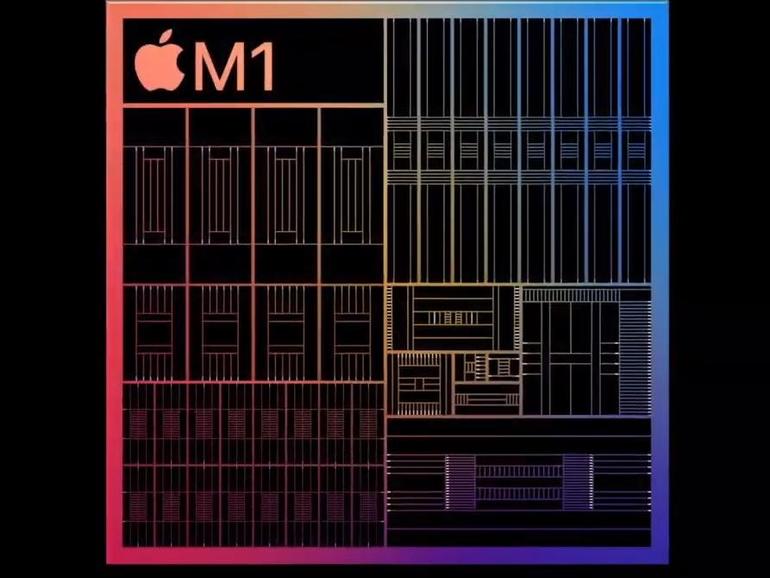For a major chip announcement, Apple’s M1 launch gave us very little on the chip architecture – page size, memory addressing, internal bandwidth, or clock speeds. At one level that makes sense, given that there is nothing to compare the M1 to, except Apple’s own A-series chips.
But for those who like to geek out over such details – like me! – their lack is distressing. But the biggest concern for power users is likely to be memory.
Memory
Apple spent a lot of time emphasizing the power of the new M1 chip, but barely mentioned the 16GB memory limitation. What’s more, the touted Unified Memory Architecture just means that 16GB is shared between the CPU and graphics.
What is Unified Memory? According to Apple:
[It] means that the GPU and CPU are working over the same memory. Graphics resources, such as textures, images and geometry data, can be shared between the CPU and GPU efficiently, with no overhead, as there’s no need to copy data across a PCIe bus.
So the performance is improved over discrete GPUs, but the shared memory may throttle some graphically intense applications. I’ll expect the future 16-inch Mac Pro to have a more powerful chip – M2? – and support 64GB or more memory, with or without a discrete GPU.
Since the 13-inch MacBook Pro and the Mini have fans, I doubt the 16GB limit is thermal. Marketecture is my guess.
Cache
The four high performance cores get a respectable 12MB of shared L2 cache. They also sport a 192KB instruction cache and a 128KB data cache.
The four high efficiency cores make do with a shared 4MB L2 cache, a 128KB instruction cache, and a 64KB data cache.
Both sets of cores offer what Apple calls an ultra-wide execution architecture, which I take to mean that the busses within the CPU are at least 128 bits wide and perhaps even 256 bits wide. Wide busses mean that more data gets moved with every clock cycle for higher performance.
Storage
All the new systems come standard with 256GB of fast flash storage, configurable to 512, 1024, and 2048GB at Apple’s usual exorbitant prices: about $0.40/GB. No word on speeds and feeds for the internal storage, but Apple has been a leader in SSD performance.
One wrinkle: The entry level MacBook Air comes with 7 GPU cores, while the 512GB version comes with an 8 core GPU. Apple charges $50 for the 8th GPU, so if you aren’t doing crazy graphics, you can save yourself a bit by upgrading the entry level MacBook Air. And maybe a hacker will figure out how to unlock the 8th core, which I’m sure is still on the chip, for free.
Other storage features
Target Disk Mode is gone, replaced by Sharing Mode, which uses SMB file sharing to provide file-level access to user data.
Similar to T2 Macs, macOS on M1 Macs supports full data volume encryption by default. When FileVault is on, encryption is tied to user’s credentials.
Recovery is different too. If macOS is pooched, macOS Recovery can reinstall and recover your system. If macOS Recovery is not accessible, the new M1 Macs use System Recovery. It’s a minimal macOS environment installed in a separate hidden container which enables restores by reinstalling macOS and macOS Recovery.
And if System Recovery is not available either, Apple Configurator 2 will allow you to recover your Mac when System Recovery itself is not functional. You can erase and reinstall macOS, including System Recovery.
The take
It looks like Apple decided to keep most of the cost savings of moving to their own chip for themselves, counting on the performance side of the price/performance equation to move product. But I won’t be surprised if we see some good discounts within a few months as they recover their non-recurring engineering expenses.
Lacking detailed specs, we’ll have to wait for benchmarks to see what the new machines can do. But I don’t see any red flags for power users, other than the 16GB memory limit, and even that will be very much dependent on how “pro” you are.
Comments welcome.



